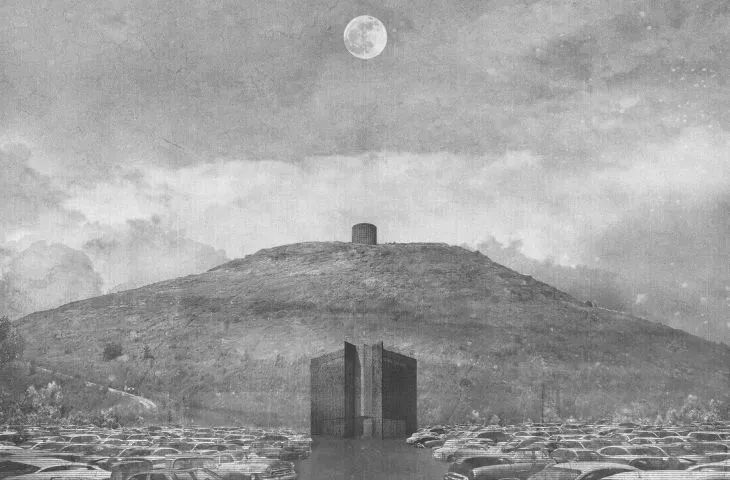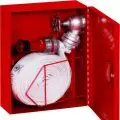"We live in an era of trash.
We produce trash and we become trash
and we, the majority,
are always treated like trash."
Peter Weibel, 2006
The above quote bluntly illustrates the condition of modern society. In the pursuit of success, of what is desirable and expensive, we are able to sacrifice almost everything. We live focused on material goods, acquired and disposed of with unprecedented frequency, which leads to the degradation of the world we live in and the values we live by. The results of our actions are increasingly evident: disasters, increasing weather anomalies, shortages of natural resources - all the aftermath of each individual's behavior.



situation
© Lukasz Modrzejewski
The temporal museum project addresses the aforementioned problems. However, the object focuses not on the commonly understood definition of art and beauty, but on the contrary. The building itself and the exhibition are about ourselves - the phenomena and objects of everyday life, mundane, worn out, unimportant, temporal. The building is uncomfortable and disturbing in places, which is meant to provoke reflection and give impetus to firm changes. Hence the location adopted: the "top" of Wroclaw, the highest point of the city - Maślickie Hill, a reclaimed municipal landfill.



land use plan
© Lukasz Modrzejewski
The tour of the site has been divided into several acts, during which the mood changes and the experience becomes stronger.
The first part of the establishment is the parking lot - invisible from the road and accessible through a narrow isthmus it surprisingly opens up to visitors. It is at the same time a part of the exposition. It houses unused cars - ruined and abandoned, wrecked and non-functioning, illustrating the contemporary role of the car, which has become a commodity that is freely available and thus replaced and abandoned more and more quickly and frequently. Visitors are forced to look for parking spaces in the graveyard of abandoned cars and interact with them.
The entrance building - triangular in plan, faces the corner to the entrance. Located on the axis of the entire establishment, the monumental gates introduce the museum and open up to visitors, heightening the tension. Here are planned public spaces, temporary exhibition, administration and workshop spaces.



view of the entrance zone
© Lukasz Modrzejewski
Another part is the permanent exhibition - inspired by the work of Robert Kuśmirowski. The main corridor is a landmark for the exhibition spaces, which change as you go deeper into the hill - becoming more chaotic, disorderly, cramped and filled with more and more everyday objects.
visualizations of the museum's interiors
© Lukasz Modrzejewski
At the end of the corridoris a tower - a cylindrical object, leading by a winding staircase to the surface. The visitor is directed towards the light and, traversing the educational zone, comes to the surface. The very exit symbolizes the second birth - a man richer in acquired knowledge, more soberly looking at the world. The tower emerges above the top of the hill, provides a great view, and is a landmark in the area, day and night, reminding us that we are striving for self-destruction.



cross sections
© Lukasz Modrzejewski
The final stage is the descent from the hill. The main view opens up to two extreme points - the panorama of the center of Wroclaw and the Sleza Massif. It is up to the visitor to decide which way they would like to go - constant momentum or balance. Descending from the hill is a time for reflection.
Lukasz MODRZEJEWSKI
Illustrations: © Author





























































